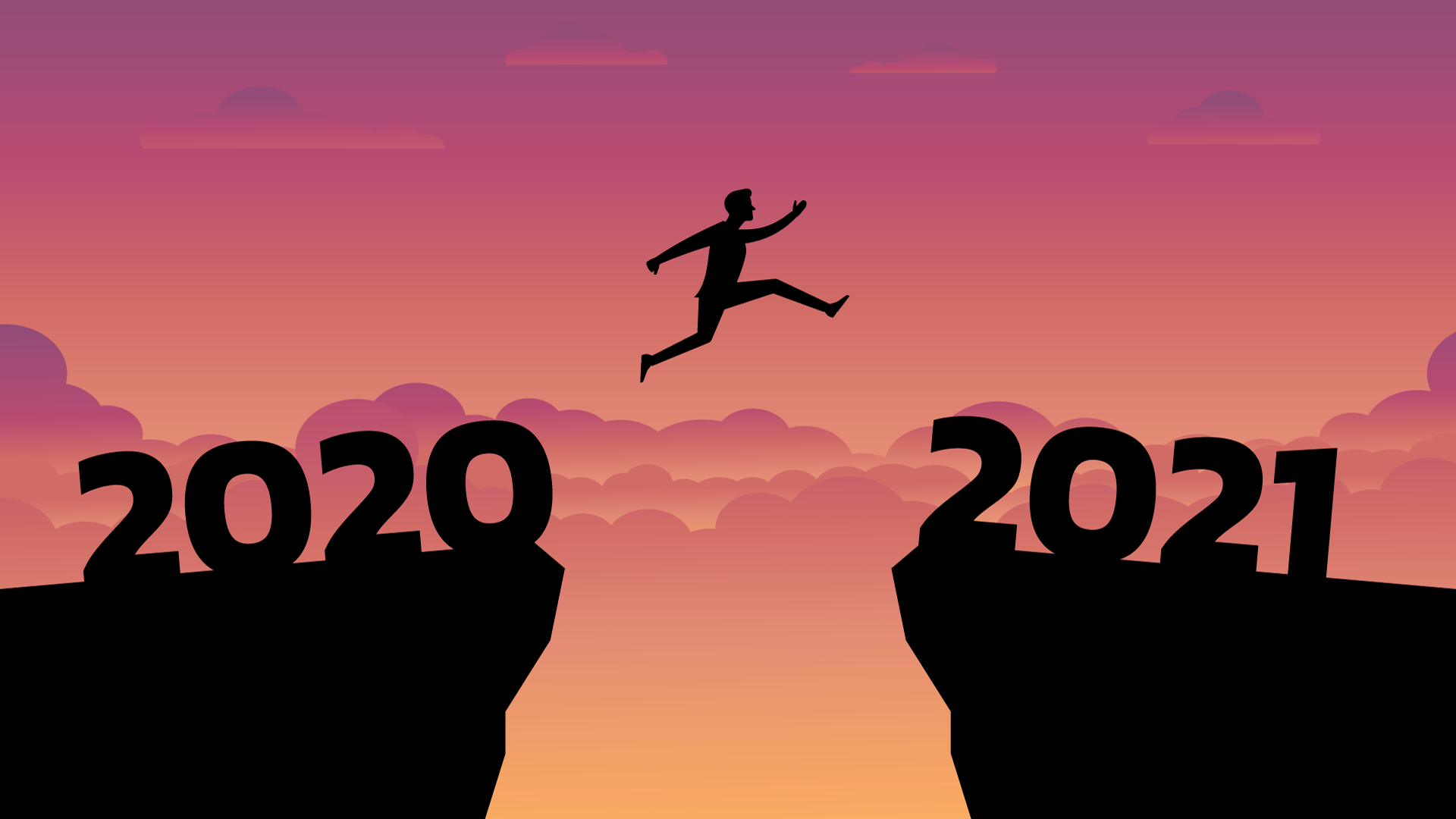Is Traditional Marketing Still Alive?
A digital transformation is impacting every aspect of our lives — particularly in marketing. In the past 10 years, we’ve transitioned from traditional (paper-based) marketing to digital marketing (DM).
The goal of marketing remains the same — to create a relationship with customers. But the methods, platforms, and channels have changed. There are a number of factors we can point to as the cause of this revolution:
- The global COVID-19 pandemic
- The rise of the internet as a communications channel
- Generational changes that have increased adoption of new channels
- Social media
- New technology and software platform capabilities
Let’s take a look at a few other key aspects of the shift. If we do a comparison, they all tie into communication methods and measurability:
| What’s Different? | Traditional Marketing | Digital Marketing |
| Communication Methods | Print advertising, direct mail, outbound marketing, trade shows... | Social media marketing, inbound marketing, podcasts, blog posts, Google Ads, apps, e-commerce... |
| Feedback Loop | Unidirectional communication: difficult to measure effectiveness and get feedback. | Bi-directional communication: Easier to measure effectiveness through tools, analytics, metrics. |
| Integration | Campaigns are elements linked by a theme, but not necessarily integrated. | Digital technology lends itself to integration. Campaign elements can be linked for a cohesive program. |
For a breakdown of the impact of the digital transformation on businesses, check out the stats presented by Blake Morgan, a customer experience futurist, in this article.
Digital over Traditional — What’s Changed?
It’s 2020, and most people’s basic survival needs are met, so marketing is tasked with creating demand for things that people don’t know they need, or converting people from one brand or product preference to another — and giving people a better experience.
It’s still about the 4 P’s – Right?
Business is built on creating a connection or relationship with customers — and marketing uses the 4 P’s to build awareness and demand:
- Product
- Promotion
- Price
- Place
For the most part, two of the P’s listed above are still in the same pod, but Promotion has morphed due to technological advancements, So Place is now a virtual channel for marketing, no longer bound by the constraints of brick and mortar and a unidirectional channel. Place is now an “experience” channel where customer feedback is immediate and relevant.
What Can Digital Marketing Do For Me?
Traditional outbound marketing is often a scattershot approach — Throw something out there and see what it hits, or ”spray and pray.” Digital marketing offers effective segmentation with targeted content delivery and communication with the intended audience. It’s more efficient because you can focus on getting the right message to the right person. Even better, it can power your inbound lead generation campaigns to grow your business. To learn how, download our Beginner’s Guide to Generating Inbound Leads > Download here
This means that the content provider has to understand the buying process, create content campaigns targeted towards the intended audience, and plan accordingly for each stage of the buyer’s journey to get them to a sale. Ultimately, you have to exceed expectations, and focus on the customer’s needs — not your product, brand, or service.
So How Do I Take Advantage of Digital Marketing?
You can’t develop a plan without planning, and social media, mobile apps, Google Ad plans, blog schedules, and other campaign elements will fall flat if you don’t define the business goals that your marketing campaigns will support. Then, you need to understand and define your customer persona(s). Completing these first steps puts you in a better position to make strategic investments in (potentially) capital-intensive martech considerations such as a CRM, marketing automation, and e-commerce platforms.
The persona(s) you are targeting will form the basis for your messaging and your tactics. As a business stakeholder, you should know your target audience, but it pays to revisit this issue periodically to see if your target audience has changed, or if you have changed your product or service to the point where your messaging is off-center. Partner with the members of your team who are identifying the stages of the buyer’s journey and the inflection points where you can incorporate analytics to measure your progress. These inputs will help you create your digital marketing strategy. With strategy in hand, you can invest sensibly in digital marketing assets and tools that will help you reach your business goals.
Resources
In our next post, we’ll dive into scalability and selecting martech to maximize your investment.
In the meantime, to learn more about how digital marketing can help you scale your business, contact us for a 30-minute consultation. Still doing research? Sign up to receive the latest digital marketing tips from FounderTraction.



